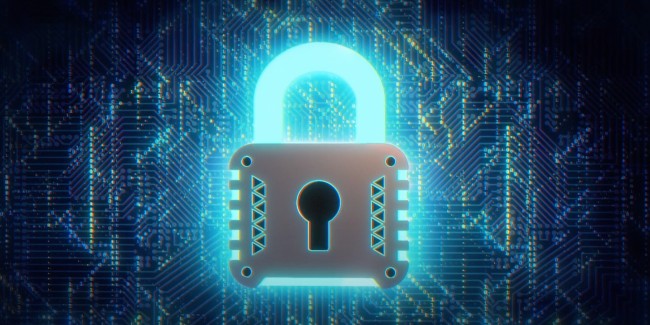 Cyberbullying is bullying from someone’s digital presence. It can take place on social media, messaging or gaming platforms, or mobile phones. It is repeated behavior, aimed at scaring, angering or shaming those who are targeted. Examples include activities such as:
Cyberbullying is bullying from someone’s digital presence. It can take place on social media, messaging or gaming platforms, or mobile phones. It is repeated behavior, aimed at scaring, angering or shaming those who are targeted. Examples include activities such as:
- Impersonation—when a person poses as someone else (a work supervisor, fellow employee or friend) and posts comments or sends emails or texts to confuse the targeted individual, gain personal secrets or cause embarrassment.
- Outing—when the bully shares secrets or other personal information about their victim with a large group of people. These secrets could be work-related (for example, the victim is looking to apply for another job within the company, or they were assigned to a big project) or personal.
- Trolling—posting mean or destructive comments on social media that often aren’t related to the original post. This may occur on public sites such as Twitter, Facebook or LinkedIn, but also may be posted to internal social media pages.
Take the following steps to prevent or stop cyberbullying.
Actively manage your digital presence. Personal or sensitive information that’s available online can be used to manipulate or humiliate you. Here are some tips to help actively manage your information on the internet:
- Think twice before posting or sharing anything online—it may stay online forever and could be used to harm you or others later. Don’t give out personal details such as your address, telephone number or birth date.
- Adjust privacy settings on your favorite apps, including, but not limited to, social media. Proactively decide who can see your profile, send you direct messages or comment on your posts.
- Secure your accounts with strong authentication methods (e.g., strong passwords, multi-factor authentication). This significantly reduces the likelihood of your account getting hacked or someone impersonating you.
Take action to stop cyberbullying. If you or someone you know becomes a victim of cyberbullying, here are some steps to stop it:
- Report hurtful comments, messages and photos and request that they be removed. For example, if this occurs in the workplace, report the activity to your manager or your HR consultant; if on social media, report the activity to the application administrator; and if it includes threats, report the activity to police.
- Beyond “unfriending,” completely block people to stop them from seeing your profile or contacting you.
- Dictate who sees posted comments without completely blocking them.
Save the evidence. Online evidence usually can be captured, saved and shown to someone who can help. Save screenshots and messages in case things escalate.
For more information and resources, visit unicef.org/end-violence/how-to-stop-cyberbullying and connectsafely.org/tips-to-help-stop-cyberbullying.
Other stories in the series: